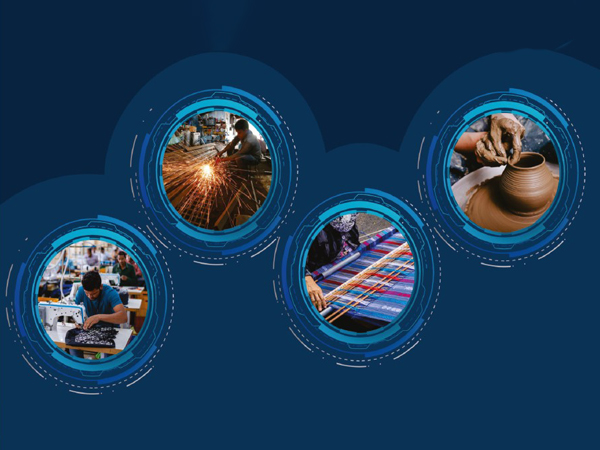India's Economic Transformation: Unveiling Opportunities by 2047
The ASSOCHAM-Egrow report highlights India's economic transformation by 2047, with domestic manufacturing and services sectors employing 67% of the workforce and contributing over three-quarters of GDP. Opportunities abound for businesses in manufacturing, services, and MSMEs, while FDI and skill development remain crucial for sustainable growth.

- Country:
- India
By 2047, India's economy is poised to undergo significant transformation driven by the domestic manufacturing and services sectors, employing 67% of the workforce and contributing over three-quarters of the GDP, as per an ASSOCHAM-Egrow report. The report outlines burgeoning opportunities for businesses in manufacturing, services, and Micro, Small, and Medium Enterprises (MSMEs).
The report projects India's nominal GDP to soar from USD 3.5 trillion in 2023 to an impressive USD 22.8 trillion by 2047, with an annual growth rate of 7.5%. The services sector is expected to strengthen its dominance, raising its GDP contribution from 54.2% to 60%. Manufacturing growth remains modest at 18% of GDP, while agriculture's share is likely to plummet to 10%. These changes signify a shift from an agrarian to a service- and manufacturing-centric economy.
Employment trends reflect this economic shift. By 2047, the services sector could employ 52.3% of the workforce, a leap from 24.3% in 2000. However, agriculture is projected to see a decrease in employment share from 59.4% to 22%. Manufacturing, on the other hand, could see employment rise from 10.9% to 15%, indicating growth opportunities in industrial and tech sectors.
MSMEs hold substantial growth potential, currently contributing 30% to GDP and 45% to exports. Formalisation, technology integration, and productivity improvements could unlock further growth. Government initiatives on sector formalisation could boost opportunities in financial services, skill development, and tech.
Foreign Direct Investment (FDI) remains a cornerstone for economic transformation. With a focus on capital investment and business-friendly policies, India seeks to attract foreign investors, translating to expanded high-tech manufacturing, export, and service opportunities. The workforce is projected to reach 76.9 crore by 2047, backed by a working-age population of 118.4 crore.
This demographic advantage, however, requires significant investment in skill development to meet industry demands. By investing in training and upskilling, businesses contribute to preparing the workforce for technology-driven market advancements.
India aims for a per capita income of USD 14,000 by 2047, balancing economic growth with inclusivity and sustainability challenges. (ANI)
(With inputs from agencies.)










